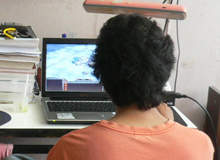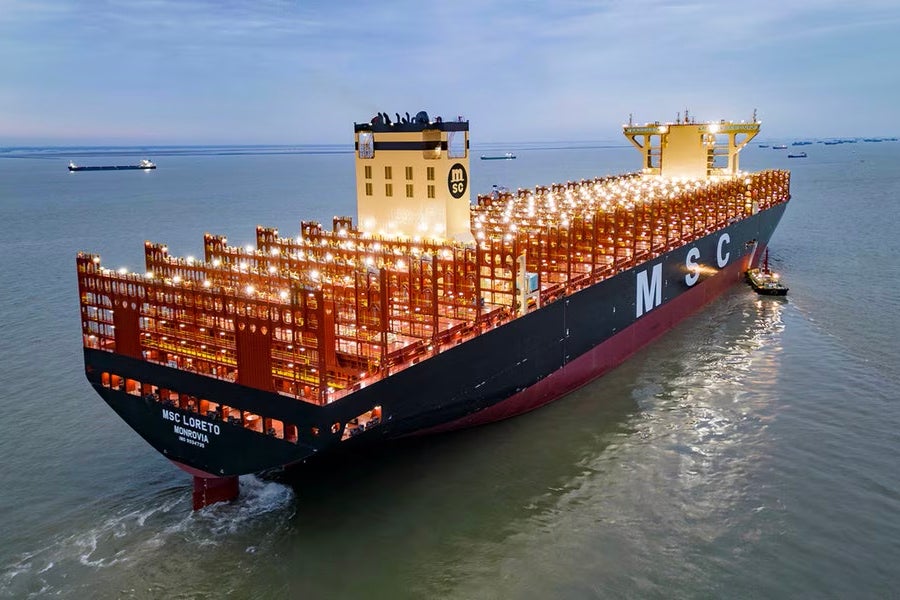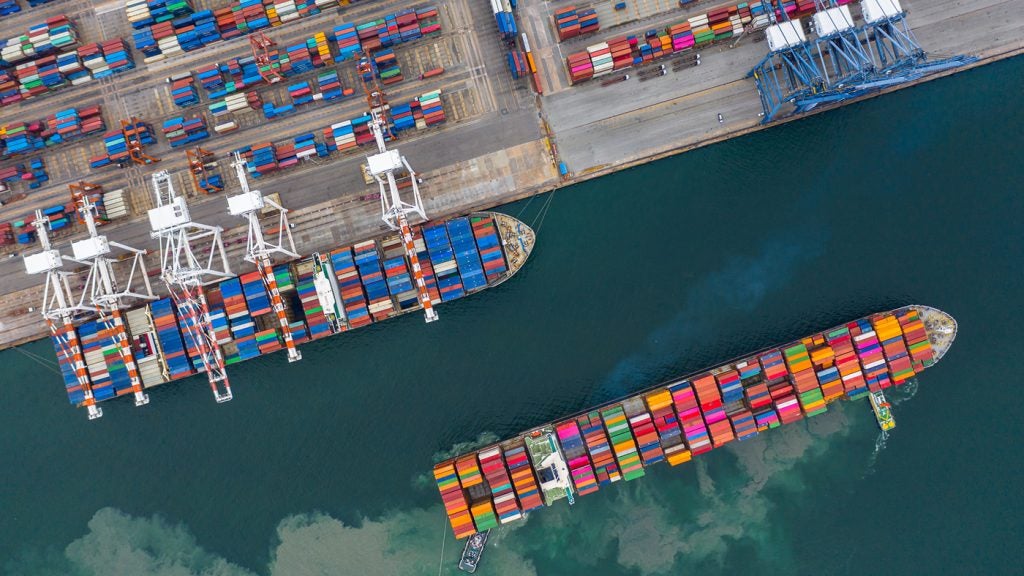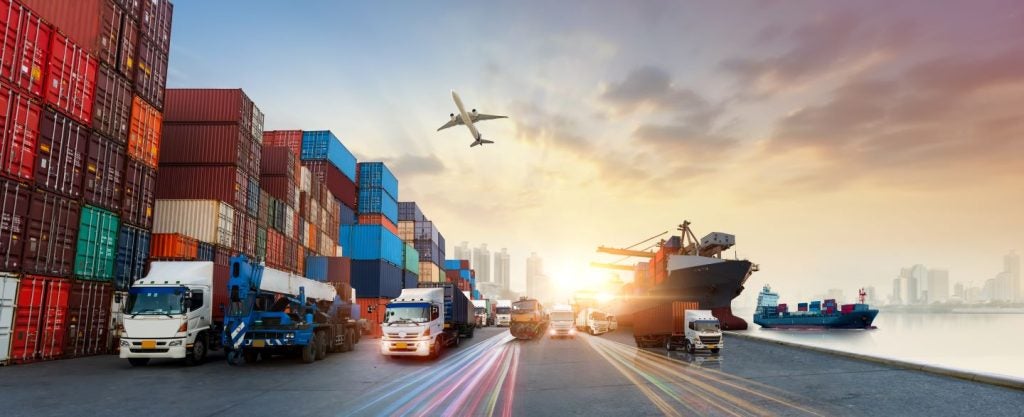
The container ship concept may be little more than 50 years old but its unrivalled importance to the world’s economy clearly belies its relative youth. Responsible for moving some 90% of all non-bulk cargoes, modern container ships are a far cry from their forebears of the 1950s – and predictably, technological advances have played a significant role in the rapid evolution of this first truly globalised form of mass commercial transport.
Over its short history, two key trends have emerged: the burgeoning size of the vessels and a reduction in crew numbers. State-of-the-art automation aboard the 9,600 TEU Xin Los Angeles means that she can be run by a crew of 19, while the Emma Maersk, which is half as big again, needs 13. With larger ships and smaller crews, who are separated from home for months at a time, the increased isolation on board inevitably takes its toll.
Maintaining relationships
For many seafarers, maintaining relationships at a distance can often prove stressful and anecdotal evidence from a variety of sources would suggest that for many this is the single most compelling reason for leaving the industry. It seems the expectations of crew members – particularly younger entrants – have moved on from the days of casual acceptance of the long separations of life at sea.
Feelings of isolation have been implicated as one of the principal contributory factors in a wide range of marine and offshore problems, from reduced situational awareness to long-term depression. According to the University of Aberdeen’s Industrial Psychology Unit, these feelings can prove far more debilitating than the more traditionally quoted elements of fatigue and work-related stress.
Maritime psychologist Cho Xian says that even the most committed workers can feel the strain. “It takes a particular type of individual to be able to compartmentalise his or her life sufficiently to avoid some measure of separation anxiety. It’s not about lacking commitment to the job and how you’ll deal with it isn’t something that you can easily predict; for most people it comes as a bit of a shock.” Further anecdotal evidence suggests that this “shock” can even lead to suicide.
How well do you really know your competitors?
Access the most comprehensive Company Profiles on the market, powered by GlobalData. Save hours of research. Gain competitive edge.

Thank you!
Your download email will arrive shortly
Not ready to buy yet? Download a free sample
We are confident about the unique quality of our Company Profiles. However, we want you to make the most beneficial decision for your business, so we offer a free sample that you can download by submitting the below form
By GlobalDataThe ongoing revolution in communication technology has, of course, offered a particularly valuable lifeline, and Cho believes increasingly interactive technologies may ultimately go even further to help.
One development which could point the way is the Mutsugoto, a revolutionary, award-winning system being developed by the Moray-based firm Distance Lab, which enables geographically remote couples to draw, in light, on each other’s bodies. The idea of container ships of the future being equipped with the necessary touch-activated rings, dedicated camera systems and computer hardware to allow crew members to “communicate intimacy” with their distant spouses probably seems a step too far, at least for now. In any case, this particular system is not expressly intended for maritime use but if Cho and others are right, the pressure to accept similar technologies designed to improve morale and maintain relationships may prove compelling.
Leisure life
Other aspects of crew life have also seen major changes over the years and a number of those whose careers span the transition testify to a particular transformation in their leisure time. Most particularly, as technology has yielded faster loading and discharging speeds, the corollary has been a gradual reduction of the available time for excursions ashore.
Although the opportunity is still there for junior officers and crew, more senior personnel may often find their chance to escape the confines of the ship somewhat curtailed, often adding to the feeling of pressure already generated by tight schedules among ships’ Masters and higher ranks.
For off-duty time away from port, however, today’s ship-board facilities offer significant advances, which in some ways go towards offsetting these changes even though individual crew members often may be virtually alone when using them. It is a pattern that seems to have been repeated in other aspects of crew leisure too, as traditional card or board games increasingly give way to more solitary electronic pursuits. While the technological innovation of the video game may have successfully circumvented the need for the simultaneous physical presence of two or more players – a boon amid a shrinking muster – it has done little to improve the growing isolationism of ship life.
Training opportunities
Some new entrants also appear to struggle with the change from classroom to on-board training, prompting an examination into the way technological solutions can be used to improve in-service training. Principal of MASSA Maritime Academy, Mumbai, Captain Shrikant Y Limaye believes experience of service and onboard training is important and that practical training is “always more vital than only theoretical knowledge”. Clearly, it is an application with considerable potential to explore.
The Maritime Innovation and Development Centre at the Singapore Maritime Academy has been at the forefront of this belief, with the goal of extending IT-related services and solutions to a range of maritime issues, with the main impetus concentrating the development of a series of performance and training systems.
To date, its efforts towards tailoring innovative software solutions directly into the work environment has seen the creation of multimedia performance support systems and a range of computer and web-based training and assessment programmes. How this initiative and others ultimately develop will largely depend on how well they are received by the industry itself, but the signs so far seem good.
Despite the global economic downturn, which has seen some reduction in recruitment and even the talk of possible job cuts in the short term, the well-documented global skills shortage still lurks in the background and attracting – and retaining – new blood has not been easy. When the recession does eventually relax, the need for crews (however small) will remain. Addressing their stresses may be the key to ensuring that the demand can continue to be met.






